Hello there! Are you tired of constantly battling the damp and musty air that plagues your basement? Well, you’re not alone.
My name is Mannan Wasif, and I’ve been there too. I understand the struggles and concerns that come with trying to maintain a dry and comfortable basement environment. But fear not, because in this blog post, I’m going to share how to keep basement dry without dehumidifier, along with some ingenious tricks and solutions to keep your basement dry without the need for a dehumidifier.
So, let’s embark on this journey together to create a healthier and more enjoyable space beneath your home.
Our health and well-being are closely tied to the spaces we inhabit. When your basement is damp and humid, it not only becomes an unpleasant place to be but can also pose risks to your health. Excess moisture can lead to mold growth, which can trigger allergies and respiratory issues.
I’ve personally experienced the frustration of constantly relying on a dehumidifier to combat these problems. However, through my own journey of discovery and experimentation, I’ve uncovered alternative methods that can effectively maintain a dry basement environment, and I’m excited to share them with you.
So, let’s explore these innovative solutions that can help you bid farewell to the constant hum of a dehumidifier and say hello to a drier, healthier basement.
How to detect humidity?
Before diving into solutions, it’s crucial to identify the presence of humidity in your basement. Signs include a musty odor, mold growth on walls, or a heavy feeling in the air. An essential tool for measuring humidity is a humidistat, which provides accurate readings and helps you gauge the severity of the issue.
According to study your home can accumulate moisture from various sources, including leaks, seepage, and everyday activities. The air’s moisture-holding capacity depends on temperature, leading to condensation in cold weather. Controlling moisture involves fixing leaks, venting, fan, using dehumidifiers, and insulation. Addressing moisture problems varies by climate and construction.
How to keep basement dry without dehumidifier?
It’s important to recognize that these alternatives to a dehumidifier aren’t exhaustive, but they undeniably stand out as the most economical and straightforward means of maintaining a dry basement. What’s even more appealing is that some of these choices can also elevate the aesthetic charm of your home, ensuring your satisfaction with the outcomes.
1. Desiccants
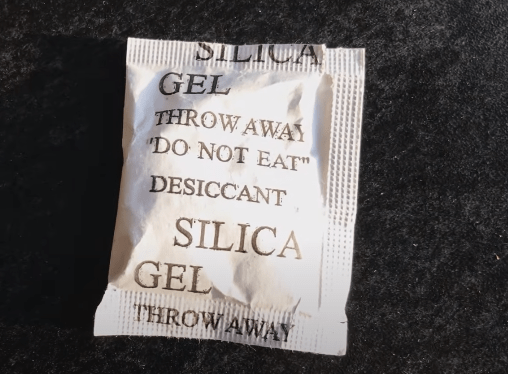
Desiccants, like silica gel beads, calcium chloride, or activated alumina, absorb moisture from the air, keeping your space dry. These cost-effective products can be readily found at your local hardware store or online, providing an affordable alternative to dehumidifiers.
2. Plants
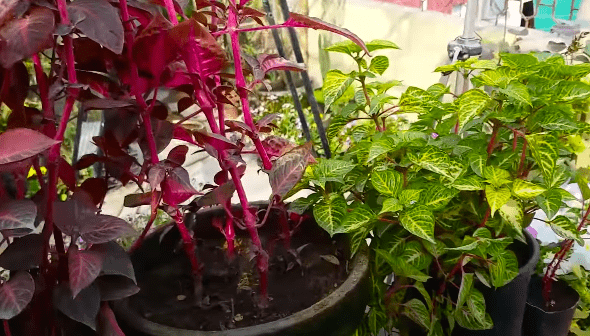
Nature offers a solution in the form of plants, which naturally regulate moisture by absorbing it from the air and releasing oxygen. Besides reducing humidity, indoor plants improve air quality and add visual appeal to your basement. Position them near windows for optimal results.
3. Ventilation
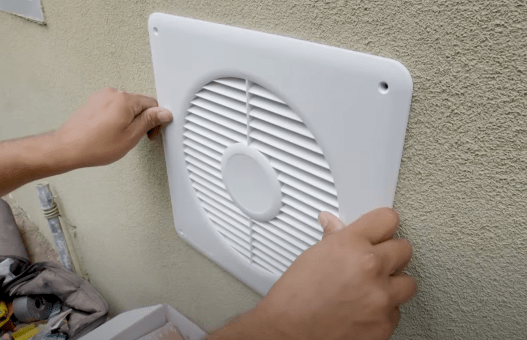
Many basements lack proper ventilation, a leading cause of dampness. You can improve moisture control by installing a vent fan or simply opening a basement window. Window fans are a cost-effective way to enhance ventilation without the expense of a dehumidifier.
4. Baking Soda
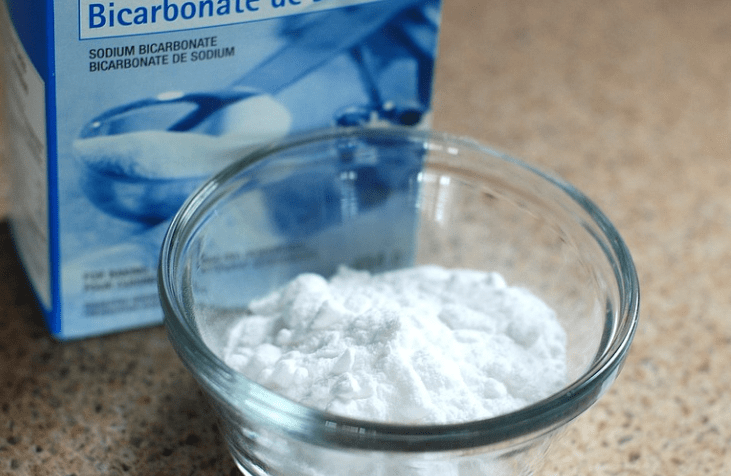
Surprisingly, baking soda makes an effective desiccant. Placing boxes of baking soda around your basement can help maintain a dry environment year-round at a minimal cost.
5. Charcoal

Activated charcoal, available at grocery and hardware stores, serves as an excellent natural desiccant. It not only absorbs moisture but also helps eliminate odors from your basement, making it a versatile and budget-friendly choice.
6. A fan
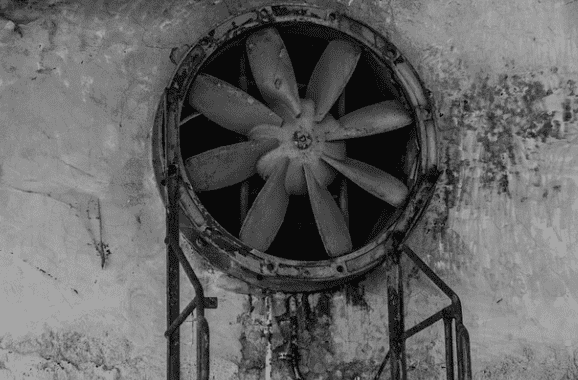
Using a basic fan can go a long way toward drying out your basement. Air circulation provided by fans not only reduces humidity but also cools the space. Investing in a quality fan won’t break the bank and is a wise alternative to costly dehumidifiers.
7. Purchase Carpeting Mats

Carpeting mats, available at home improvement stores, prevent moisture from seeping into walls and floors. Use them under furniture with wheels and in high-humidity areas to protect against warping.
8. Place Damp Rid in Your Basement
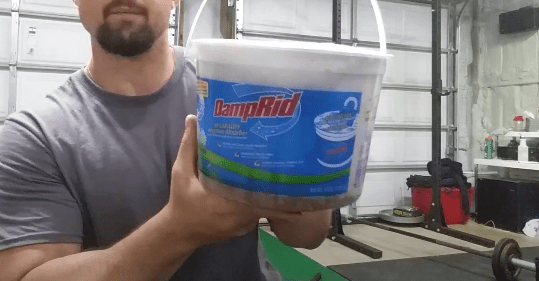
These moisture-absorbing products, available at most home improvement stores, provide an additional layer of defense against humidity. Use caution when placing them, as some variants can be flammable.
9. Add Extra Drainage and Waterproofing
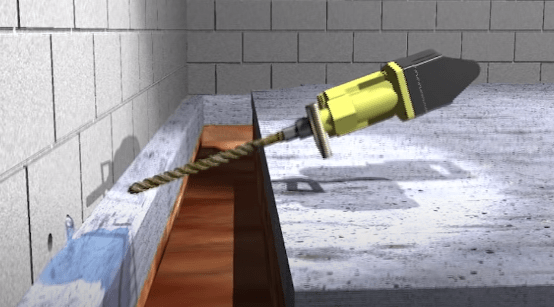
For a more extensive solution, consider waterproofing your basement walls and installing a second sump pump to enhance drainage. While this is a more significant investment, it can effectively safeguard against water intrusion.
10. Bathroom above the basement
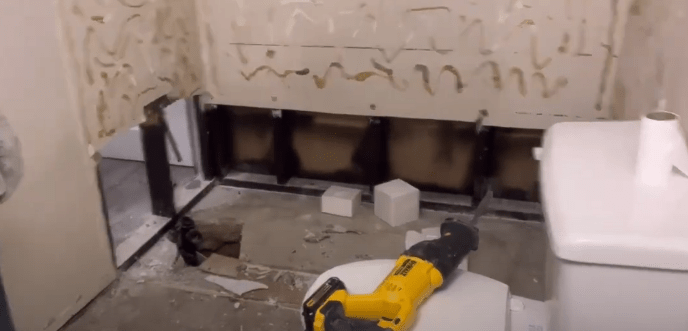
Don’t overlook potential sources of moisture. Inspect your bathroom for cracked tiles or broken wax seal rings, which could be causing water to enter your basement. Promptly addressing bathroom issues can prevent humidity problems.
11. Open windows to let the moisture out
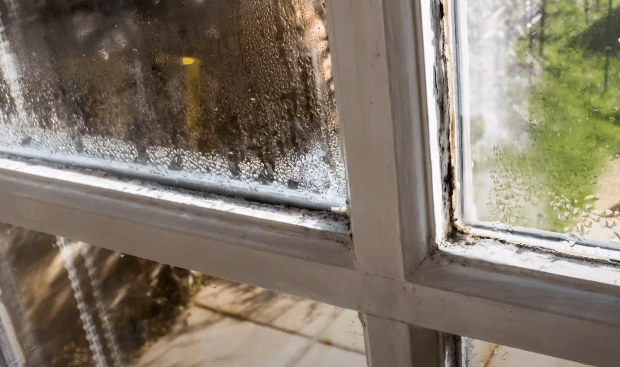
Opening windows can help reduce humidity, but it’s essential to monitor outdoor air conditions. Only open windows when the outside air is dry to avoid exacerbating the issue.
Routine Maintenance To Prevent Basement Humidity
Certainly! Routine maintenance plays a pivotal role in preventing basement humidity and related issues. Here are some tips on essential maintenance tasks to keep your basement dry:
1. Inspect for Plumbing Leaks
Regularly check your plumbing systems for leaks, especially in and around the basement area. Look for any signs of water dripping, pooling, or staining on pipes, joints, or fixtures. Address any leaks promptly by repairing or replacing damaged components.
2. Seal Cracks and Gaps
Examine the walls, floors, and foundation for any visible cracks or gaps. Cracks can allow moisture to seep into the basement, leading to humidity problems. Seal any cracks using an appropriate sealant or epoxy to prevent water infiltration.
3. Ensure Proper Drainage
Maintain a proper slope away from your home’s foundation to encourage water to flow away from the basement. Regularly clean gutters and downspouts to prevent clogs that can result in water pooling near the foundation. Install downspout extensions to direct rainwater at least several feet away from your home’s base. Inspect and maintain your home’s drainage systems, such as French drains or sump pumps, to ensure they function correctly.
4. Check Basement Windows and Doors
Inspect the seals around basement windows and doors for signs of wear or damage. Replace weatherstripping or seals as needed to prevent moisture infiltration. Consider installing window well covers to keep rainwater and debris from accumulating around basement windows.
5. Maintain Proper Ventilation
Ensure that your basement has adequate ventilation to reduce humidity levels. Open basement windows periodically to allow fresh air to circulate and moisture to escape. Consider installing exhaust fans or a mechanical ventilation system if natural ventilation is insufficient.
6. Manage Exterior Landscaping
Maintain landscaping features such as flower beds, bushes, and shrubs around your home. Ensure that these features do not obstruct drainage pathways or create areas where water can accumulate near the foundation.
7. Regularly Monitor and Test Humidity Levels
Invest in a hygrometer to monitor humidity levels in your basement regularly. If humidity levels consistently exceed recommended levels (typically 30–50%), take appropriate measures to address the issue promptly.
Ensuring a Dry and Healthy Basement
Monitoring and maintaining the chosen alternatives for controlling basement humidity is of paramount importance, as it significantly contributes to the longevity of a dry and problem-free basement environment. Here’s why regular attention to these measures is crucial:
- Early Problem Detection: Regular monitoring allows you to detect issues in their infancy. By identifying and addressing problems early, you can prevent them from escalating into more significant and costly concerns. For instance, spotting a small crack in the basement wall early on can lead to a simple sealant application, preventing water intrusion and mold growth.
- Preventive Maintenance: Consistent upkeep of your chosen humidity control methods ensures that they continue to function effectively. For example, maintaining a dehumidifier by regularly cleaning or replacing filters and emptying the water reservoir prevents it from becoming inefficient or malfunctioning over time.
- Optimizing Efficiency: Proper maintenance helps your chosen solutions work at their best. Whether it’s a ventilation system, plants, or desiccants, regular attention ensures they operate efficiently. This, in turn, reduces energy consumption, which is especially vital for devices like dehumidifiers or fans.
- Cost Savings: Timely maintenance can save you money in the long run. Neglecting maintenance may lead to premature wear and tear or even complete failure of your humidity control systems. Replacing or repairing equipment can be expensive, whereas routine maintenance is generally more cost-effective.
- Health and Comfort: A dry and well-maintained basement contributes to a healthier and more comfortable living environment. Monitoring and maintaining humidity levels prevent mold growth, which can cause health issues and unpleasant odors. It also ensures that the air quality in your basement remains at an optimal level.
- Longevity of Structural Elements: Preventing excessive humidity in your basement helps protect the structural integrity of your home. High humidity can lead to damage like rotting wood, corrosion of metal components, and deterioration of concrete. Regular maintenance safeguards these vital elements of your home.
- Peace of Mind: Knowing that you are proactively caring for your basement’s humidity control solutions can provide peace of mind. You won’t have to worry about sudden humidity-related issues or costly repairs, as you’ll have a well-maintained system in place.
Conclusion
A dry and healthy basement is within reach with the right approach. Whether you’re exploring alternatives to dehumidifiers or focusing on routine maintenance, taking proactive steps can save you money, enhance your living environment, and safeguard your home’s structural integrity. By understanding the importance of monitoring and maintaining your chosen solutions, you’re on the path to a long-lasting and problem-free basement. Remember, prevention is key, and a little maintenance can go a long way in ensuring your basement stays dry and comfortable for years to come.

He is a mechanical engineer & our expert team member with over four years of experience who provides comprehensive and informative guides on various home improvement topics. From DIY projects to professional installations, he strives to give readers the knowledge and tools they need to make informed decisions and successfully complete their home improvement projects.
His goal is to empower homeowners to create the home of their dreams, while also increasing the value and functionality of their property. Whether you’re a first-time homeowner or a seasoned renovator, he has something for everyone.
